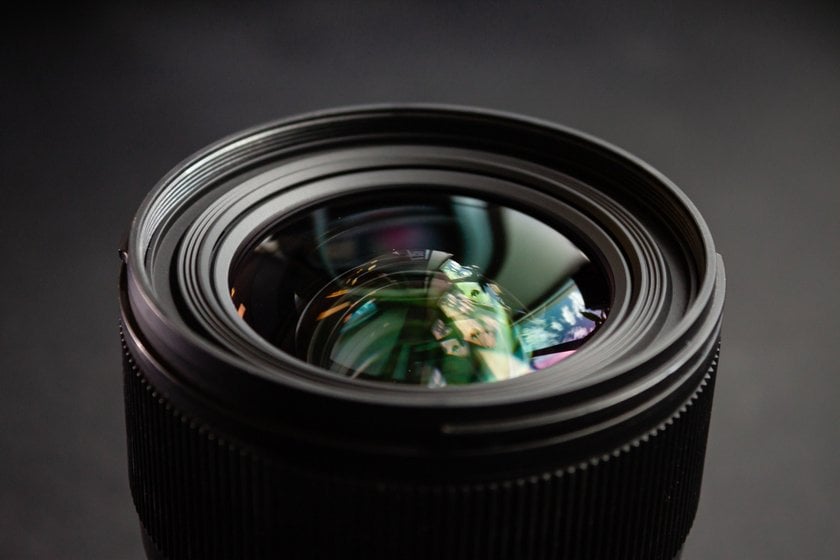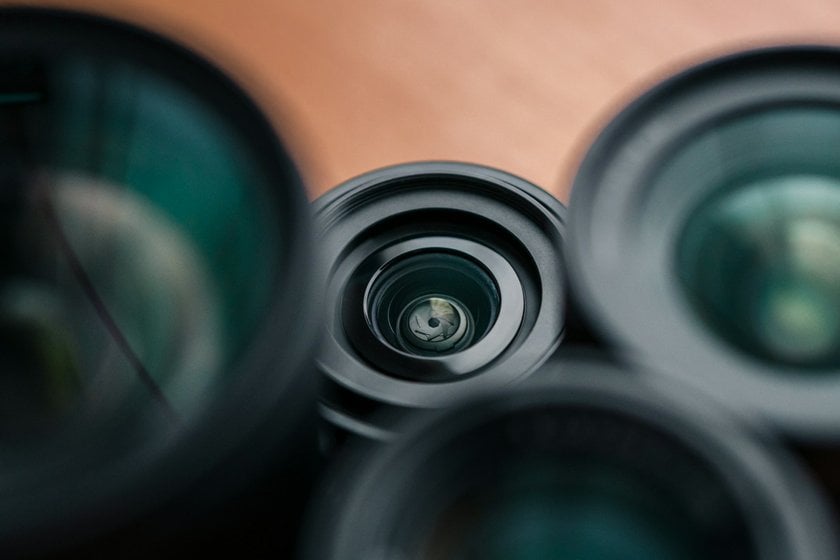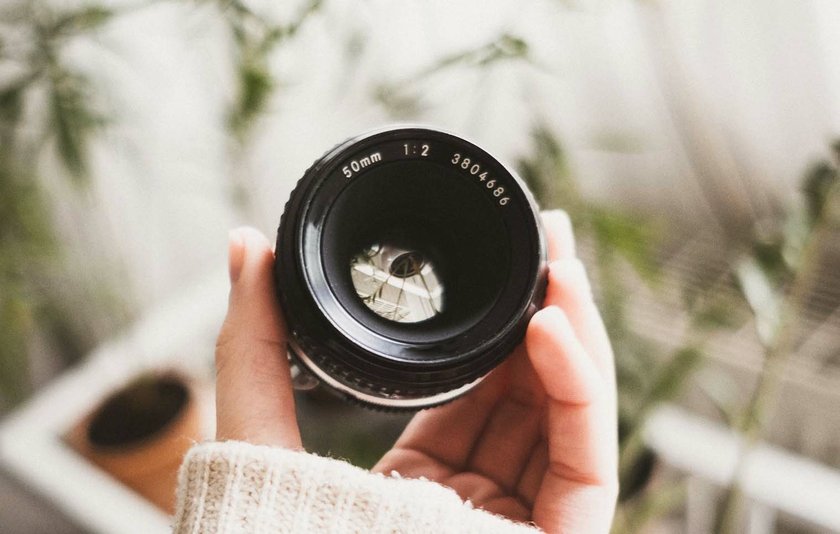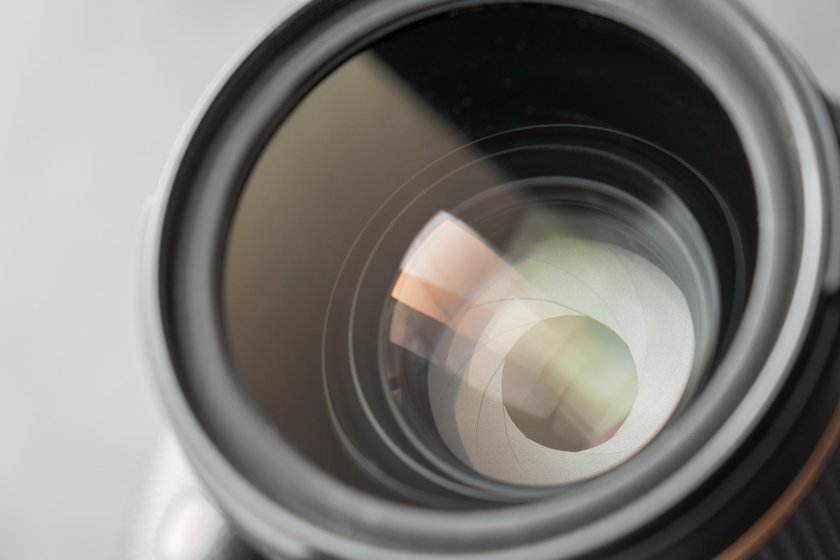If you're new to photography, you might have wondered, "What are prime lenses, and why do photographers love them?" Well, you're in the right place!
Prime lenses are like magic tools in the photography world, and in this guide, we're going to make them super easy to understand. Whether you're just starting or you've been taking pictures for a while, this is your gateway to discovering why prime lenses are a big deal in photography!
Prime Lenses Definition
Before we dive deeper into why prime lenses are awesome, let's answer the big question: "What does prime lens mean?" Well, it's pretty simple. A prime lens is like the superhero of camera lenses. Unlike some other lenses that can zoom in and out, a prime lens has a fixed focal length.
In plain English, this means you can't zoom with a prime lens. If you want to get closer to your subject, you physically have to move closer. But don't let that scare you off! Prime lenses have some superpowers that make them special.
Why Prime Lenses Are Essential for Beginners
Now, let's talk about why prime lenses are a must-have, especially if you're just starting out in photography. These lenses might not have the fancy zoom, but they offer something even more important: simplicity and clarity.
Sharper Images: Prime lenses are like having a magnifying glass for your camera. They capture super sharp and clear pictures because they don't need to move around like zoom lenses. This means your photos will look amazing, even if you're just starting.
Low-Light Magic: If you've ever tried taking pictures in a dimly lit room and ended up with blurry shots, you're not alone. Prime lenses are fantastic in low-light situations. They let in more light, making your photos look bright and beautiful, even when it's dark.
Learn to Compose: With a prime lens, you become the director. You have to move around to frame your shot perfectly. This hands-on experience helps you learn the art of composition, which is a super valuable skill for any photographer.
So, if you've been wondering why photographers get excited about prime lenses, it's because they simplify things, make your photos look incredible, and help you become a better photographer. Now, let's explore more about how they work and what makes them so popular!
Advanced yet easy-to-use photo editor
Get Luminar Neo NowPrime Lens Characteristics
Now that we've got a good grasp of the prime lens' meaning, we need to understand what makes them special. Prime lenses have a few great key traits, and we're here to break them down in simple terms.
Fixed Focal Length
Imagine you have a camera with a prime lens, and it's like having a magnifying glass that doesn't zoom. You can't make things look closer or farther away by twisting the lens, which means you have to move closer or farther from your subject to change what you see.
Aperture and Depth of Field
Think of the aperture as your camera's eye. Prime lenses have a wide eye that can let in a lot of light. This is fantastic because it means you can take great pictures even when it's not super bright outside. Plus, it helps create that cool, blurry background (aka "bokeh") you often see in photos. To enhance your bokeh, you can use a tool like Portrait Bokeh in Luminar Neo, which makes the background blur even more artistic!
AI-Perfect Bokeh is Just a Click Away in Luminar Neo
Get Started!The aperture also affects something called "depth of field." With a wide-open aperture, your subject is in focus, but the background becomes beautifully blurry. This makes your subject stand out like a superstar.
Superior Image Quality
One of the best things about prime lenses is they help the image quality. They capture photos that are super sharp and clear. Since they don't have to move around like zoom lenses, they're really good at getting those tiny details just right.
So, in a nutshell, prime lenses have a fixed view, let in lots of light, create beautiful blurry backgrounds, and make your photos look super sharp. These traits are why photographers love them, and now you know why, too!
Choosing the Right Lens
Choosing the right lens doesn't have to be confusing. Here's a simpler way to think about it:
For People Pictures: If you like taking photos of people and want blurry backgrounds, get a lens with a low number, like 50mm or 85mm.
For Wide Scenes: If you want to capture big landscapes or buildings, pick a lens with a higher number, like 24mm or 35mm.
For Low Light: If you take photos when it's dark, go for a lens with a low number (wide aperture) to let in more light.
On a Budget: If you don't want to spend too much, start with a lens called "nifty fifty" (50mm f/1.8). It's good for many things and doesn't cost a lot. If you want a deeper dive into the 35mm vs. 50mm lens choice, check out our post about it for more insights.
Check Compatibility: Make sure the lens fits your camera. Different cameras need different lenses.
Experiment: Try different lenses to see which one you like best. You can always get more lenses later as you learn.
Remember, the right lens depends on what you like to take pictures of and your budget. Don't worry too much, and enjoy exploring different lenses as you go along!
Exclusive Tools of Endless Possibilities in One AI Editor
EXPLORE NOW!Conclusion
In this guide, we've simplified prime lenses and their significance. Prime lenses offer clarity, low-light prowess, and creative freedom. Choose the right one for your style and budget, and embark on your photography journey with confidence and creativity.
Happy clicking!







